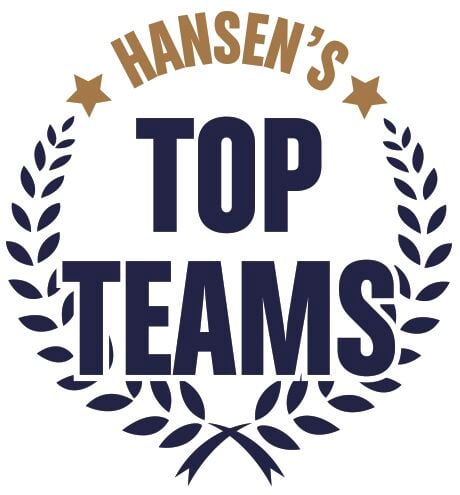The 1941 Arizona-Texas League All-Star game, played at what is now Hi Corbett Field, featured lefty pitcher Alex Kellner of the Class-A Tucson Cowboys, an affiliate of the Cincinnati Reds.
Kellner was 16, waiting to enter his senior year at Amphitheater High School. Whatever the rules about amateurism were in 1941, Kellner was a pro. He made his professional debut May 15, 1941, against the El Paso Texans.
More than 2,500 Tucsonans, including 400 Amphi students and the Panthers band, attended the All-Star game, in which Kellner pitched three shutout innings.
It wasn’t that the ’41 Tucson Cowboys were desperate, pirating a high school pitcher and inserting him into their rotation. The Cowboys were a powerhouse and then some. They won the Arizona-Texas League by 21 games, which was almost unfathomable.
Tucson went 86-46, followed by the Albuquerque Cardinals at 63-65.

Kellner didn’t turn 17 until Aug. 26, 1941, and by then he was a legitimate major-league prospect. He had struck out 27 batters in a semi-pro game after his sophomore year at Amphi and went 14-5 with the Cowboys, a club that might’ve been among the youngest in pro baseball history. Teammate Billy Jans was 17 in the summer of ’41 and standout pitcher George Burpo was 18.
In 2014, I met Burpo for lunch at Buffalo Wild Wings on Harrison Road with his friend, Pat Darcy, a Rincon High grad who became a World Series pitcher for the 1975 Cincinnati Reds. I sat spellbound as Burpo talked about the ’41 Cowboys.
Burpo, who had struck out 19 batters in a game for the 1940 Cowboys, was a farm boy from Kentucky. He was blessed with a blazing fastball, a left-hander who attracted Cincinnati scouts when he was 16. After playing one season at Muskogee, Oklahoma, Burpo joined his Muskogee manager, Pat Patterson, who was hired to manage the Tucson Cowboys in ’41.
“The first time I saw Alex Kellner he looked like he was 25 years old,’’ Burpo said that day in 2013. “He was stocky and physically mature for his age, maybe 6-feet tall. I could tell from the beginning he’d be in the big leagues someday.’’

Tucson rolled over the Arizona-Texas League in 1941, with this Daily Star from June of that year showing another easy win.
In July, Kellner pitched three consecutive shutouts, striking out 14, 12 and 11 batters. Everyone called him “The Kid.’’
The Kid soon grew up. After spending three years in the Navy during World War II, Kellner returned to Tucson and to baseball. Incredibly, he made his MLB debut in 1948 for the Philadelphia A’s. One year later he won 20 games and was on the American League All-Star team.
Kellner won 101 big leagues games, retiring after the ’59 season, a year in which he played on a St. Louis team that included big names Curt Flood, Tim McCarver and Bill White.
Burpo’s baseball career wasn’t as successful, although he reached the big leagues with the Reds in 1946, pitching against St. Louis’ future Hall of Famer Stan Musial. He compared himself to the character Moonlight Graham from the movie “Field of Dreams,’’ Burpo’s time in the big leagues was short: two games.

Al Schacht, "The Clown Prince of Baseball," performed his comedy routine at a Tucson Cowboys minor league game at Hi Corbett Field on July 19, 1956.
“To me, I fulfilled my dream of playing in the big leagues,’’ said Burpo, a long-time executive for Moore Business Forms who died in Tucson in 2015 when he was 93. “I was just an aimless kid when I got here in 1940. But I met my wife (Nancy Riddell) at a soda fountain on Congress Street and it was the best thing that ever happened to me. We got married three years later, after World War II.’’
The Tucson Cowboys of ’41 were a big draw at what was then called Randolph Park. It wasn't rare for them to draw a sellout of 3,000 fans. They were operated by long-time minor-league player and big-league scout George “Mickey’’ Shader, who had coached the independent league Tucson Stick Lizards in the early 1930s and became a long-time scout for the New York Giants.
To open the special 1941 season, Shader arranged for the A’s to play the Chicago Cubs in a spring training game in Tucson, one that drew more than 3,000 fans. Proceeds of the game went to the Cowboys’ travel budget.
Before the ’41 opener, the Cowboys marched with their opening day opponent, the El Paso Texans, in a downtown parade. A night earlier, they had been introduced to a capacity crowd at the downtown Fox Theater. Big things were expected, even with a roster laden with teenagers.
Six months later they were champions.








